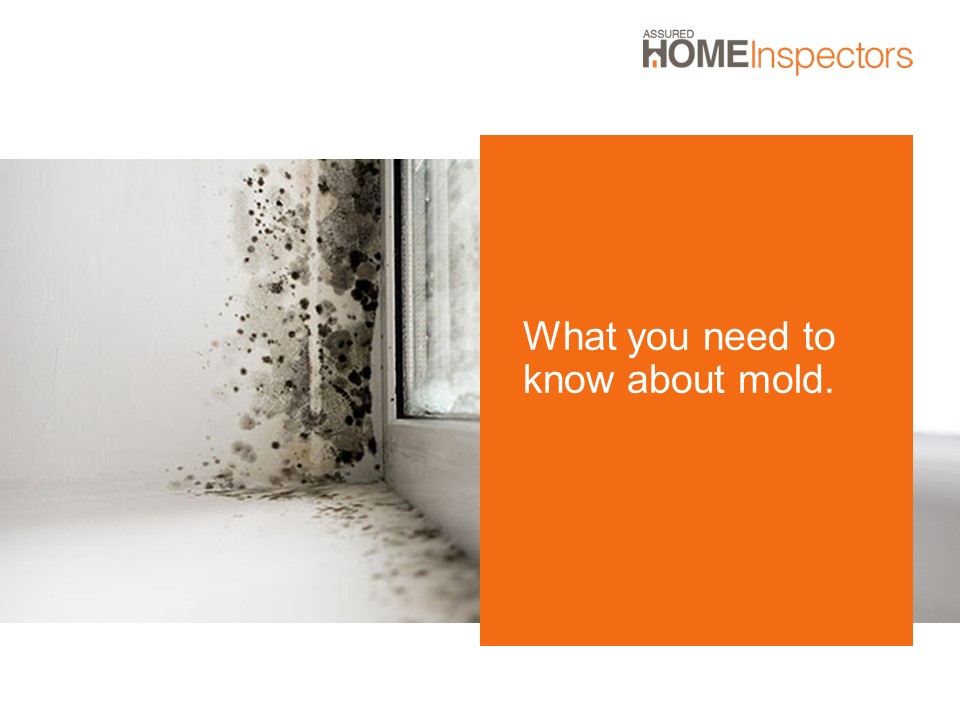What you need to know about mold. - PowerPoint PPT Presentation
Title:
What you need to know about mold.
Description:
Mold are microscopic organisms that produce spores and are found virtually everywhere, indoors and outdoors. Mold can be found on plants, foods, leaves, and other organic material. Also susceptible to mold growth are cellulose materials, such as, cardboard, paper, ceiling tiles, and sheetrock. Mold spores are easily detached and made airborne by vacuuming, walking on a carpet or sitting on a couch. In indoor environments, mold can grow in air conditioning ducts, carpets, houseplants, pots, etc. Mold requires moisture for growth so any moisture issues should be addressed promptly. – PowerPoint PPT presentation
Number of Views:4
Title: What you need to know about mold.
1
What you need to know about mold.
2
What is mold and where is it found?
- Mold are microscopic organisms that produce
spores and are found virtually everywhere,
indoors and outdoors. Mold can be found on
plants, foods, leaves, and other organic
materials. Also susceptible to mold growth are
cellulose materials, such as, cardboard, paper,
ceiling tiles, and sheetrock.
3
How can mold affect your health?
- When inhaled, even in small amounts, mold can
cause a wide range of health problems including
respiratory problems (wheezing), nasal and sinus
congestion, watery and red eyes, nose and throat
irritation, skin irritation, aches and pains,
fevers, asthma, emphysema and in some cases even
death.
4
How can you be exposed to mold?
- When moldy materials become damaged or disturbed,
spores can be released into the air.
5
The black mold Stacybotrys Chartarum (atra).
- Stachybotrys Chartarum (atra) is a greenish-black
toxic mold with 15 different species and
typically grows in areas where the relative
humidity is above 55.
6
Black mold symptoms.
- Respiratory problems
- Nasal/sinus congestion
- Dry hacking cough
- Sore throat
- Shortness of breath
- Chronic fatigue
- Skin irritation
- Central nervous system problems
- Aches and pains
- Possible fever
- Diarrhea
- Hemosiderosis
- Immune suppression
7
How is mold testing done?
8
How is mold testing done?
- There are two kinds of tests we perform during
our mold inspections. Cartridge sampling and swab
tests. - Cartridge tests test the air by pulling air into
the cartridge where a sticky substance that traps
the spores. Interior and exterior cartridge
samples are taken, then sent to the laboratory
where they compare indoor to outdoor levels and
determine what spores are present. - The swab test is used when there is suspicious
staining on a surface. With this method, the
inspector uses a special type of swab and
container, or sampling tape, to take a sample
from the surface of concern. The swab(s) are then
sent to the laboratory for analysis.
9
Mold test results.
- After our mold inspection, the mold laboratory
typically returns a report within 3 business
days. The report shows the type of mold
discovered, if any, and the level of concern
based on the levels present and spore types
found. The report also contains information
regarding the health risks and typical dangers.
10
What do I do if mold is found?
- If mold issues are found, we recommend that you
hire a professional remediation company to
determine what actions should be taken to
properly address the issues.
11
Do you suspect you have mold? Schedule a mold
inspection with AHI.
Schedule Mold Inspection































